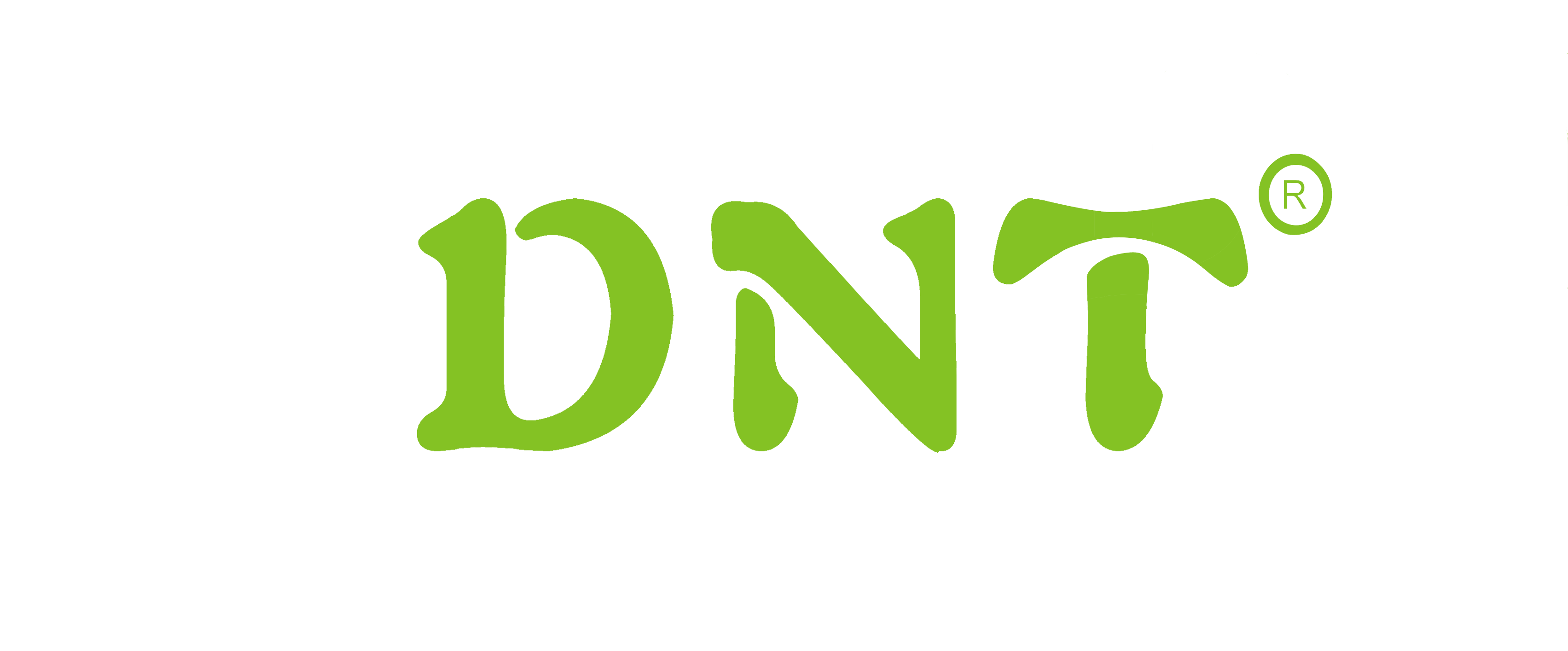
- Ningbo Dongning Tools Co.,Ltd
- Professional Chinese Tools manufacturer on automotive speciality tools,bearing puller&heavy truck tools
- Address
- No.6 Falan Rd,Hengjie Town,Ningbo City,Zhejiang,China
- Phone
- +86-574-87216625
- info@nbdntools.com
What Is a Pneumatic Valve?
From vehicles to industrial tools, there are many products that use pneumatic systems. This means the system takes compressed air and uses it to control energy as it moves through the system. However, without pneumatic valves, these products don't work the way they're supposed to. Learn more about these valves.
What Does a Pneumatic Valve Do?
Pneumatic valves serve three main purposes. They control "force, velocity and direction of movement" of air, according to Pneumatic Tips. Some products may have what's known as a relief valve. It's in place to prevent too much pressurization by releasing some of the built-up air. Some may have flow-control valves, which control the rate of the airflow in and out, depending on the product's needs. Directional control valves come in a variety of sizes and types and can send the air in one or many directions.
Two-, Three- and Four-Way Directional Valves
Of the types of valves, directional control valves come with the most variety. This is based on the number of ports where air can enter and leave the systems, the types of mechanisms they use and how many airflow paths they create. Two-way valves are fairly basic and easy to understand. They allow air to flow in or out in one or both directions unless they're closed. There-way valves are a bit more complicated, as each of the three ports connects to something different. Typically, they go to the airflow, the exhaust and an actuator, according to Thomas Insights. A four-way valve is similar to a three-way directional valve, except it has two ports that connect to an actuator or other device.
Advantages of Pneumatic Systems
Thanks to pneumatic valves, these types of systems have many advantages. Because they don't use fuel or other resources you must purchase, they're relatively inexpensive to operate. They're also safe. If there's ever a leak, it's not hazardous to your health or the environment. Products that use pneumatic systems also require little maintenance because only air can get inside them, so there's no need to worry about dirt and debris.
Disadvantages of Pneumatic Systems
Pneumatic systems also have their disadvantages. They're harder to control than systems that use electricity or water, and they can be very loud to operate. If they get wet or water somehow gets into the system, it can destroy the entire product. Extreme temperatures and vibrations from other equipment can also impact the system's ability to work.